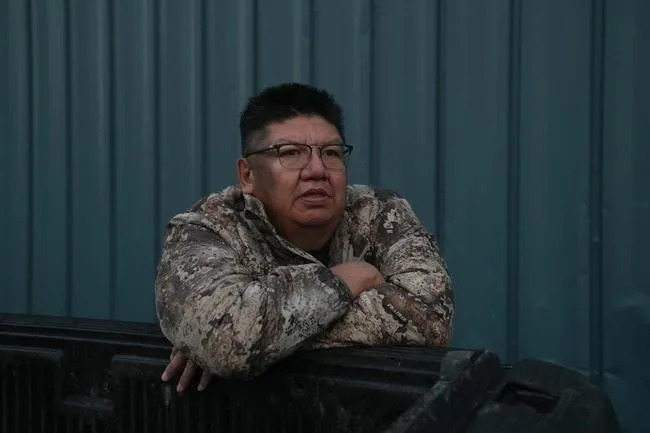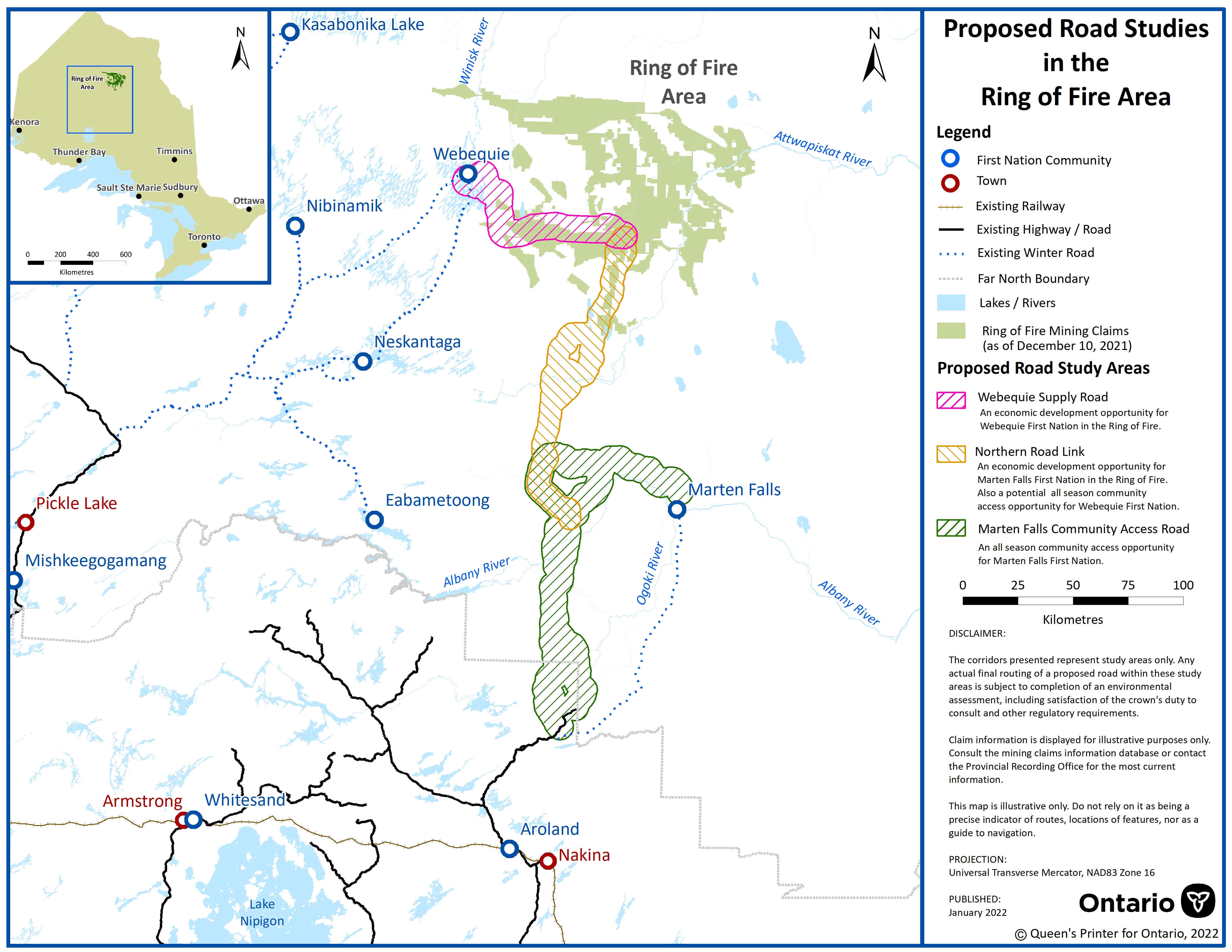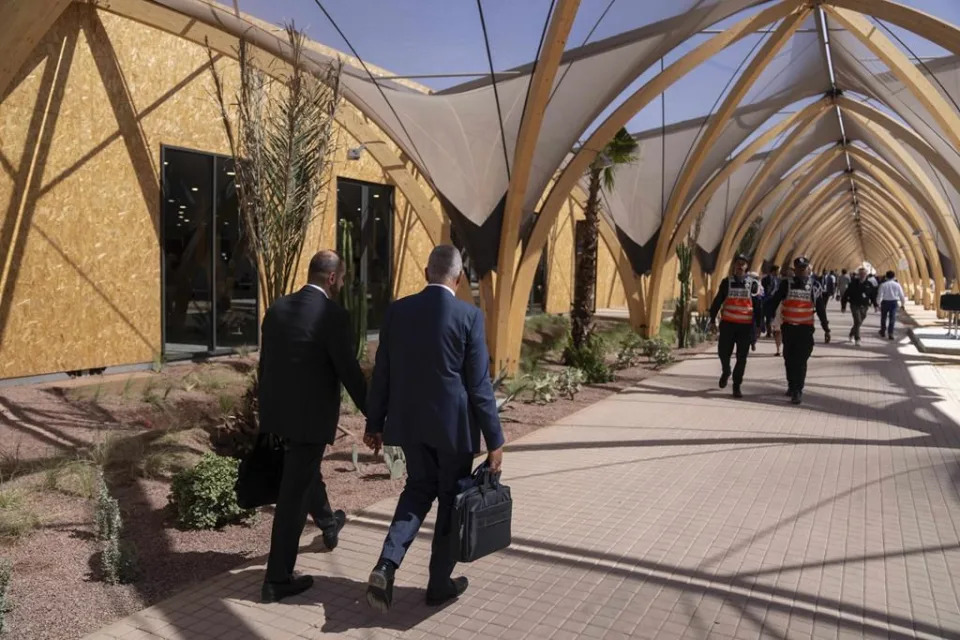Indigenous Fire Safety Conference sparks calls for national strategy
by Patrick Quinn
As still smouldering fires are left for the changing seasons to extinguish, Indigenous firefighters and emergency coordinators across Canada are looking back at this summer’s disastrous wildfires to improve future responses.
These discussions were a focus at this year’s Indigenous Public Safety Conference, held September 14-15 in Montreal. It was organized by the National Indigenous Fire Safety Council, which was created last year to support the development of safety measures and resiliency in Indigenous communities.
At the conference, Cree Nation regional fire marshal Lee-Roy Blacksmith spoke with Quebec’s Indigenous Affairs Minister Ian Lafrenière about how fires impacted Eeyou Istchee. Blacksmith suggested that the initial response was hindered by poor communication, which improved after a core working group was established.
“Day one of the inland fires, the communication part wasn’t really there,” explained Blacksmith. “We had two or three firms having their own meetings about tactics. When we requested to have one core working group, we were all on the same page. It was good to meet them face-to-face finally.”
In the coming weeks, Blacksmith will meet with fire chiefs from across the Cree Nation to begin planning for next year. Following the integration of several Cree firefighters with SOPFEU units this summer, they will discuss expanding training before next summer.
“If SOPFEU can’t do it, we’ll probably look into other forest fire agencies across Canada,” said Blacksmith. “SOPFEU used to put first response equipment on the towers along the highway or Chisasibi access road. They would notify the community you can pick up the water pump or hoses. That’s a communication I’ll be having with SOPFEU [to reconsider] down the road.”
Conference speakers shared emerging tools for mitigating blazes, the roles of various organizations and strategic safety measures. Anthony Jumeau spoke about building sustainable capacity for prevention and protection techniques like drones and sprinkler systems.
“We’re trying to get structure specialists that understand mitigation year-round,” Jumeau told the Nation. “When there’s no pre-plans, you can’t expect a fire department that shows up out of nowhere to understand exactly what’s going on. It all starts with assessing your community’s priorities to protect and how to do that.”
Jumeau emphasized that the results justify the costs of loss reduction assessments. For example, analysis of Alberta’s 2016 wildfire in Fort McMurray, the costliest Canadian disaster ever at nearly $10 billion, found that about three-quarters of the damages could have been avoided by having prevention methods in place.
Existing programs can simplify this capacity building. A not-for-profit agency called Project Safe Canada offers advanced drone licensing to Indigenous communities, which can help map community surroundings to identify vulnerable areas and vegetation. Jumeau suggested that removing low brush for fire breaks can be coordinated with ecological conservation.
“It has to be holistic, done simultaneously with the right people,” asserted Jumeau. “Everyone’s doing their part – you’ve got industry, community, emergency preparation specialists, the parks. From that point, there’s a plan with realistic timelines. Maybe it’s feasible that within a year we can have a risk reduction plan to help mitigate the next wildfire.”
Jumeau a network of mitigation specialists who work between communities could reduce the need to call in the military or international firefighters. When thousands of recruits arrived from around the world this summer, Indigenous firefighters like Elaine (E-buzz) Trudeau wondered why they weren’t called first.
“We never went out at all this year even though we’re trained and ready to go,” said Trudeau. “I wrote a 15-page letter to the Minister of Natural Resources, then had a meeting with her, advocating for Indigenous firefighters to fight these fires in Ontario and out of province but nothing’s come out of it.”
As wildfire risk increases across the country, the crew leader from Wiikwemkoong First Nation on Manitoulin Island hopes to begin training sessions earlier in the season and have firefighting equipment closer at hand instead of bringing it from Thunder Bay. With particularly high interest in refresher courses this year, locals were eager for the call.
“Is it because we’re Indigenous?” asked Trudeau. “I get it, there are a lot of Indigenous people who have addictions, and some are heavy-set. Being out on the land 14 days keeps them away from their addictions, motivated to do something. I feel it gives them that sense of belonging, of being human. I’m thinking of writing another letter to the ministry.”
Jeremy Shanush, Eastmain’s firefighting team leader, said many Cree forest firefighters were asking similar questions: “We’re here, this is our backyard – why don’t you ask us for help?”
According to Jennifer Kamau, communications manager for the Canadian Interagency Fire Fighting Centre, “the discussion around utilizing existing Indigenous firefighting power would have to be initiated by the federal, provincial and territorial governments.”
Canada’s recently appointed minister of emergency preparedness, Harjit Singh Sajjan, told the Nation that he wants to leverage Indigenous knowledge and firefighting capacity to mobilize immediate emergency response. He said over 125 Indigenous fire guardians have been hired and trained, combining fire prevention with forest management.
“As this emergency season dies down, it will hopefully allow us to start identifying folks and which system to put them into,” said Sajjan. “Where do they reside, how do they get called up, who will be responsible for that. When your community is not under threat and others are, you can go help one another.”
Sajjan said it’s crucial that these training systems are standardized so crew additions can “plug and play” quickly. While forest and fire management are provincially controlled, this year’s extraordinary blazes prompted calls for a national firefighting service – and greater management by the First Nations who have been disproportionately impacted by wildfires.
“Hopefully our leadership sits down with SOPFEU to maybe have a branch that protects people’s bush camps,” said Shanush. “Maybe things will change after this year. Sometimes you need that scare.”
Patrick Quinn, Local Journalism Initiative Reporter, The Nation














